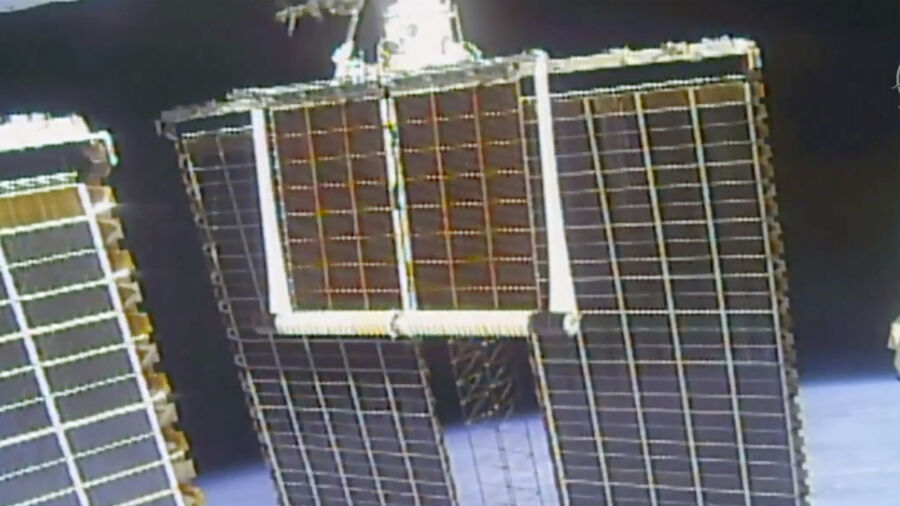Japan is exploring ways to beam solar power from space, a project expected to be tested out in 2025 even as concerns remain about costs involved in such projects.
Space-based solar power will involve placing solar panels in space at an altitude of 36,000 kilometers (22,369 miles) to generate electricity. The solar power that is generated is converted into microwaves and sent down to receiving stations on earth for converting it to electrical energy. Space-based solar power can be a stable source of power irrespective of weather and time of the day. The Japanese Ministry of Economy, Trade, and Industry is at the forefront of harnessing space-based solar power.
“If we can demonstrate our technology ahead of the rest of the world, it will also be a bargaining tool for space development with other countries,” Naoki Shinohara, a professor at Kyoto University, said to Nikkei Asia. Around fiscal 2025, the group intends to check if power can be transmitted from space to the ground using small satellites.
Back in 2015, the group successfully ran microwave power transmission experiments horizontally. A few years later in 2018, this was done vertically. Both experiments were conducted over a distance of 50 meters. The team plans to carry out vertical transmissions between 1 km (0.62 miles) and 5 km (3.10 miles) in the future.
However, cost challenges remain a big question for space-based solar power projects. To generate around 1 gigawatt of power through this method requires solar panels equivalent to the area of a square measuring 2 km (1.24 miles) on each side, an endeavor estimated to cost around $7 billion.
Pros and Cons
Space-based solar power has two massive benefits compared to setting up traditional solar panels on earth. For one, vast areas of land will not be wasted by covering it with solar panels.
Secondly, while earth-based solar energy production can get affected by weather conditions, such limitations do not exist for space-based solar power.
The project will also require first converting electricity into microwaves in space and then converting these microwaves back into electricity at the earth-based facility, a process said to be inefficient.
The solar cells in space would also be under constant bombardment by micrometeorites, thus risking significant damage. Moreover, by the end life of these cells, their disposal raises concerns about potentially littering space with more debris.
Other Projects
Japan isn’t the only nation pursuing space-based solar power projects. In July 2022, the UK government announced funding for such initiatives after an engineering study concluded that the technology was viable.
In the United States, a project called the Space Solar Power Incremental Demonstrations and Research (SSPIDR) is being conducted by the Air Force Research Laboratory that is exploring critical technologies required for space-based solar power systems.
China is looking at space-based solar power as well, with a state-funded prototype program established in 2019. Beijing plans to hold a demonstration of a 100 KW system in low-earth orbit in 2025. By 2030, the county intends to set up a space-based solar power station in geostationary earth orbit at a height of 36,000 km (22,369 miles).
In Europe, the European Commission is funding research activity on space solar reflectors. The project involves using large, lightweight reflectors to redirect sunlight to utility-scale solar power farms on earth.
From The Epoch Times

